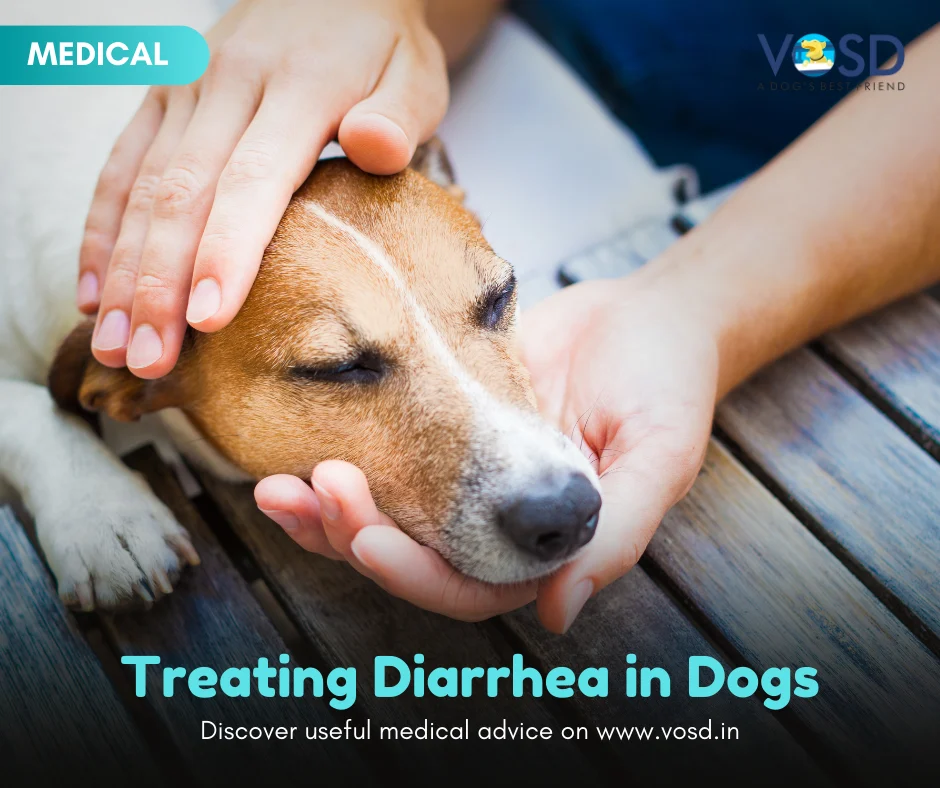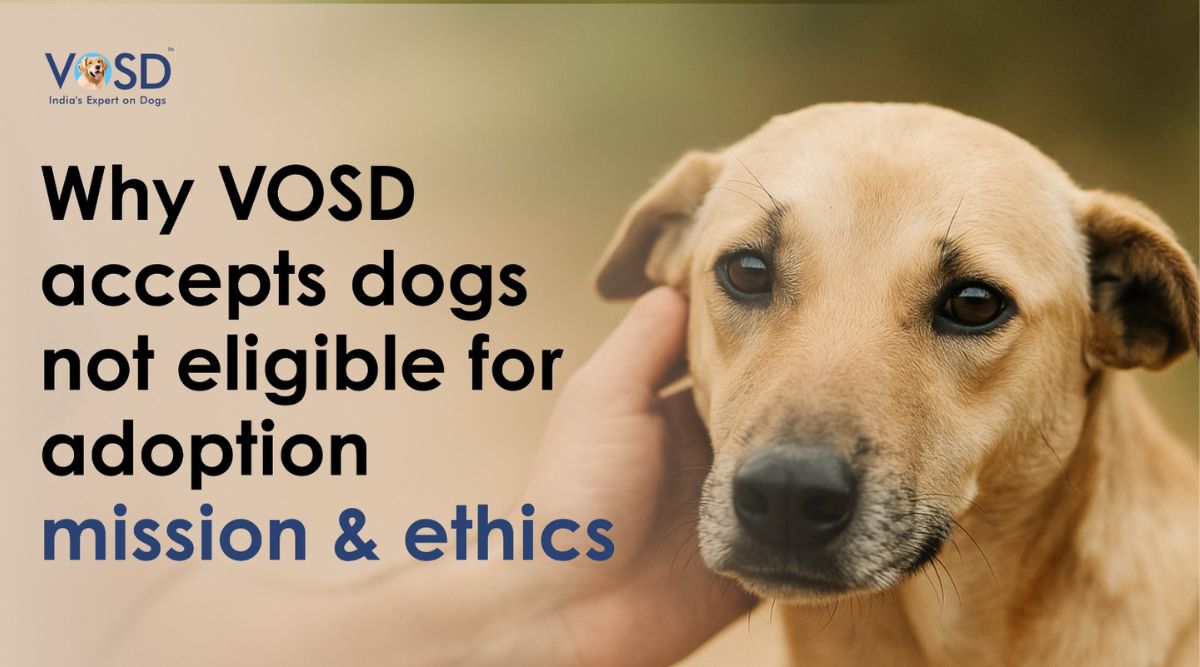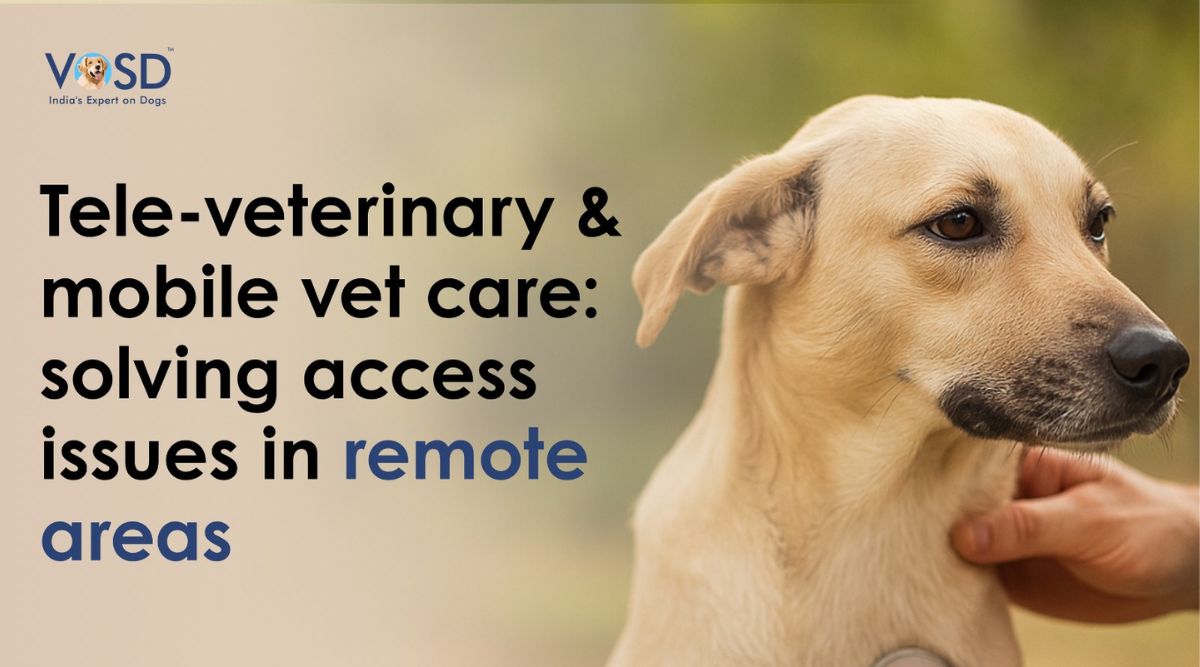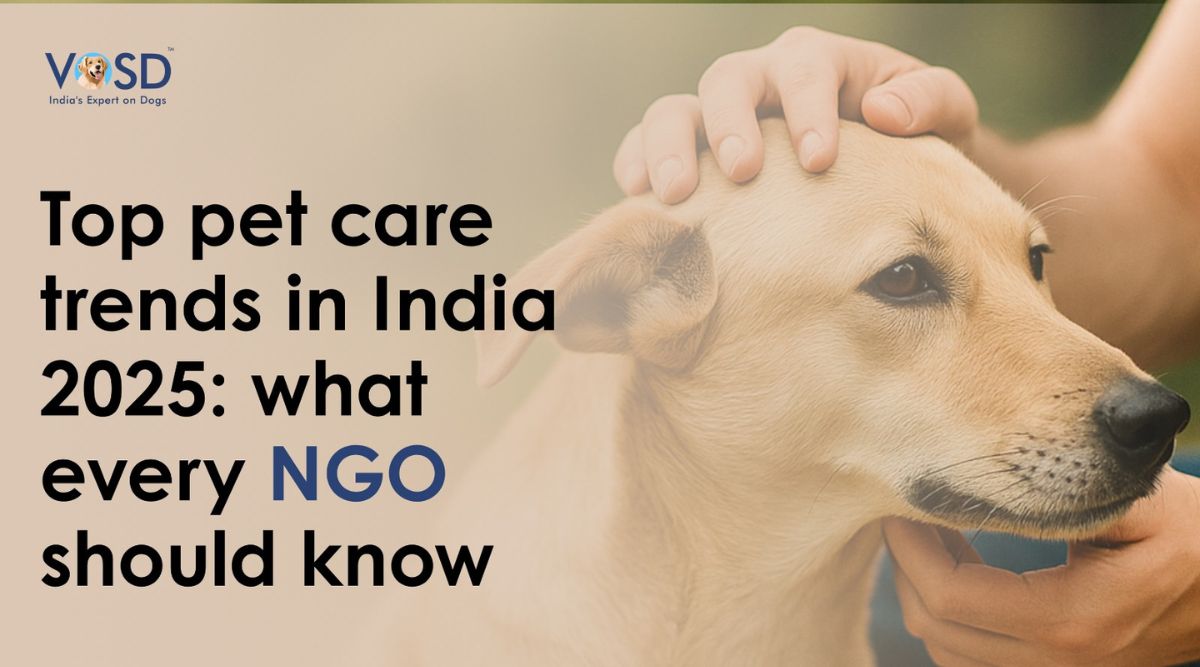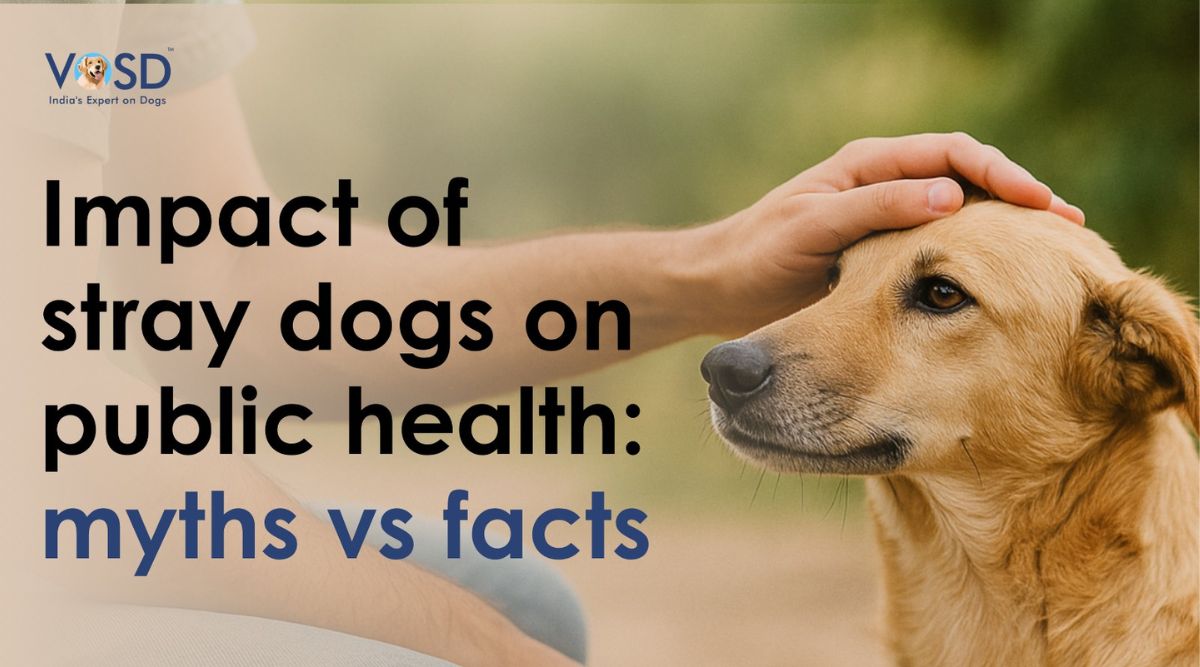Mammary gland tumours are common among female dogs that have not been spayed. They could be either benign or malignant. Breast cancer or mammary gland tumours are among the most common tumours diagnosed in unspayed female dogs.
The function of the mammary gland is to produce milk so that she can feed her newborn pups. These glands are located in two rows extending from the chest to the lower abdominal region and are indicated by their nipples. In a few rare cases, breast cancer may also occur in male dogs. However, such cancer also usually metastasizes aggressively.
If the dogs are spayed before coming into heat for the first time, their chances of avoiding the onset of breast cancer are higher.
Different types of Breast Cancer in Dogs (Mammary Gland Tumours)
There are different types of mammary gland tumours – benign and malignant.
- Many dogs are diagnosed with mammary gland tumours that are benign. They can be adenomas or benign mixed tumours.
- Other dogs are diagnosed with malignant tumours such as carcinomas, carcinoma in situ, or the cystic-papillary form of cancer.
- Fibroadenoma can be benign and painless and are a combination of connective tissues and skin. They can move within the breast tissue.
Symptoms of Breast Cancer in Dogs (Mammary Gland Tumours)
The most commonly found symptoms of mammary gland tumours include
- Superficial tissue loss on the skin’s surface on top of the mammary tissue; is usually accompanied by inflammation and drainage.
- Single or multiple masses in mammary glands with dogs having multiple tumours
- Moveable mass implying benign behaviour
- The tumour may be fixed to the body or skin and prove hard to move, implying malignancy
- Swollen nearby lymph nodes
- Difficulty in breathing if cancer has entered the lungs
- Bloody discharge from the nipples with or without pus
- Painfully swollen breasts
- Ulcers
- Pus or yellowish discharge from the nipples
- Lethargy
- Loss of appetite
- Weakness
- Weight loss
Causes of Breast Cancer in Dogs (Mammary Gland Tumours)
Causes of breast cancer or any cancer have not yet been clearly identified. Breast cancer in dogs may be caused because of hormones, as female dogs being spayed before they enter the first heat phase almost always seem to escape from mammary gland tumours. Genetics may also play a role as some breeds are found to be predisposed to developing breast cancer. Dog breeds that have a higher chance of developing such mammary gland tumours include
- Brittany Spaniels
- Cocker Spaniels
- Dachshunds
- English Setters
- Boston Terriers
- Fox Terriers
- German Shepherd
- Pointers
- Poodles
In most cases, unspayed female dogs over the age of two tend to develop breast cancer. However, there are cases where puppies and male dogs also develop mammary gland tumours.
The prognosis for dogs with breast cancer, regardless of age or gender, is usually unfavourable.
Diagnosis of Breast Cancer in Dogs (Mammary Gland Tumours)
Once you take your dog to the vet to diagnose breast cancer or mammary gland tumours, the vet will need the dog’s medical history along with a list of symptoms and the onset of such symptoms. The diagnosis will begin with a thorough physical exam, including palpation of the region to identify mass or multiple masses to record their mobility, hardness, and size.
Other information to be provided includes the last heat cycle and any medications prescribed for existing health conditions. The vet will also need to know if there have been any prior pregnancies or pseudo-pregnancies. While an ultrasound or x-ray may not reveal the microscopic cancer cell dissemination, they may still be useful to check on the extent of the mass’s spread.
Your dog’s vet, along with a veterinary oncologist, may order a fine needle biopsy for the mammary gland tumours as well as for the lymph nodes. Other general tests will include checking the general health condition or concurrent disorders present in your dog. These tests will be a CBC (complete blood count), blood chemistry profile, and urinalysis. The evaluation of general health conditions may prove critical if your dog has to undergo surgery, as the surgery will be performed under general anaesthesia. Once the tumour has been removed through surgery, a biopsy will be required to make an accurate diagnosis of the mammary gland tumour and to find out if there is any malignancy.
Treatment of Breast Cancer in Dogs (Mammary Gland Tumours)
As part of the treatment plan, the first thing the vet will do is perform surgery to remove the tumour. If the tumour is a small one, only the tumour will be removed. However, if the tumour has grown, the surrounding area will also be excised. The common recommendation from the oncologist would be to remove all of the mammary tissue along with the lymph nodes. The muscle tissue can remain untouched as this procedure is not invasive. If your dog has not been spayed prior to the tumour removal, the vet may decide to get the spaying done simultaneously.
While the idea of ovariohysterectomy to reduce further tumours or cancer is chosen by dog owners and vets, it is not a popular one. However, it is known to help in preventing other related illnesses or uterine infections. It has been found that mammary tissues may shrink once the dog is spayed. In the case of sarcoma, the tumour may be hard to remove, and regrowth may occur.
Chemotherapy and radiation treatment may be required after surgical removal of the mammary gland tumours.
If the carcinoma in the mammary glands is inflammatory, neither surgery nor chemotherapy treatments will be effective. In such cases, the prognosis is poor, and only the pain and suffering can be relieved to some extent with the help of radiation and NSAIDs.
What can you do as a pet parent?
Do not ignore a lump or nodule if it appears on your dog’s breast. An ignored lump is likely to become larger and metastasize, and treating it will become that much harder and of greater risk to your dog’s survival. Immediate detection and prompt treatment are essential. Check regularly for lumps in the mammary glands if you have not had your dog spayed. Make sure that you schedule regular appointments with your dog’s vet and ensure that your dog is healthy and remains so.
Disclaimer:
The information contained in VOSD Vet Advice™ is not intended nor implied to be a substitute for professional medical action which is provided by your vet. You assume full responsibility for how you choose to use this information. For any emergency situation related to a dog’s health, please visit the nearest veterinary clinic.

